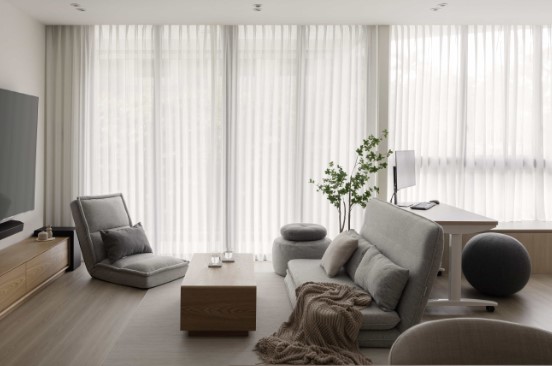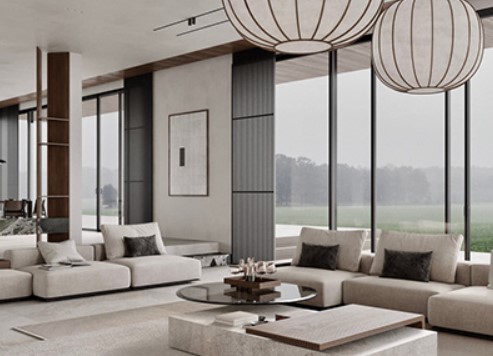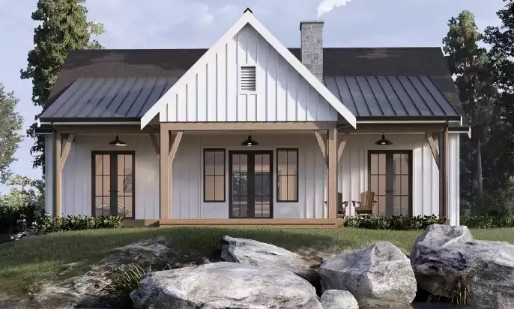From Minimalist to Luxe: Exploring Modern Home Design Styles
From Minimalist to Luxe: Exploring Modern Home Design Styles – In the world of interior design, the shift from minimalist to luxe aesthetics has become a dominant trend, reflecting the evolving tastes and priorities of homeowners. Modern home design styles offer a wide range of possibilities, from the simplicity and functionality of minimalist design to the opulence and sophistication of luxe interiors. Understanding these styles and how to incorporate them can help transform your living space into a personal sanctuary that reflects your lifestyle, preferences, and aspirations. This article will explore various modern home design styles, offering insight into how you can blend minimalism with luxury, creating a harmonious living space.
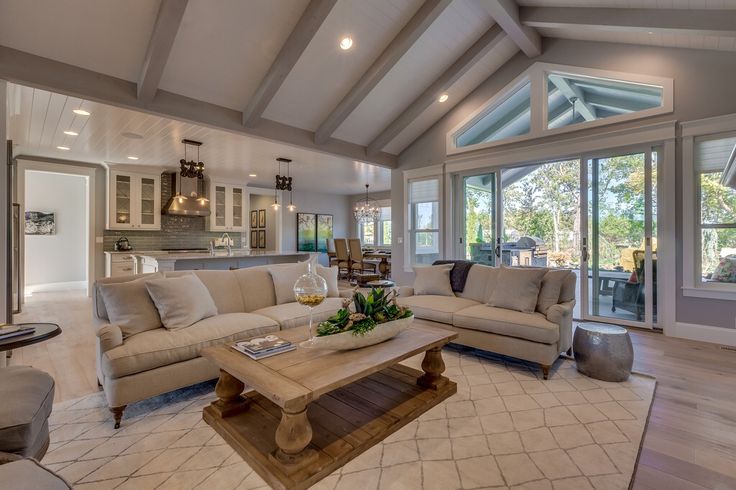
The Minimalist Design Style
Minimalism has become one of the most popular design philosophies in recent years. Rooted in simplicity and functionality, minimalist design focuses on eliminating clutter and creating a serene, clean environment. The minimalist style emphasizes the use of neutral colors, clean lines, and a restrained approach to furnishings and decor. The goal is to allow the architecture and natural elements of the space to shine, creating a calming atmosphere that promotes clarity and relaxation.
Key Features of Minimalist Design:
- Neutral Color Palette: White, beige, gray, and black dominate minimalist interiors, creating a soothing backdrop for the space.
- Clean Lines: Furniture and decor are often sleek, with straight edges and angular shapes that enhance the feeling of order and simplicity.
- Functional Furniture: Each piece of furniture serves a clear purpose, with little or no decorative flourishes. Storage solutions are hidden to keep spaces uncluttered.
- Natural Light: Large windows and open spaces are key to minimalist design, allowing natural light to flood the room and create an airy feel.
How to Incorporate Minimalist Design:
- Choose neutral tones for walls, flooring, and furnishings.
- Invest in multifunctional furniture, such as storage beds or modular seating, to reduce clutter.
- Keep decor to a minimum, using statement pieces or artwork that complement the overall theme.
- Opt for open shelving or concealed storage to maintain a clean look.
The Luxe Design Style
Luxe design, on the other hand, is all about indulgence and extravagance. It combines rich materials, sophisticated color palettes, and eye-catching decor to create an environment of luxury and refinement. Luxe interiors embrace opulence while still maintaining a sense of comfort and warmth. This style is characterized by high-end materials, custom-made furniture, and an overall sense of elegance that transforms a space into something truly special.
Key Features of Luxe Design:
- Rich Materials: Luxe interiors make use of high-quality materials such as marble, velvet, silk, gold, and crystal. These materials not only look beautiful but also feel luxurious to the touch.
- Bold Color Schemes: While minimalism favors neutrals, luxe design embraces deeper, richer colors like navy blue, emerald green, deep burgundy, and gold. These shades evoke a sense of grandeur and sophistication.
- Statement Furniture: Luxe homes feature custom-made or designer furniture that adds both beauty and functionality to a room. Think of plush velvet sofas, ornate chandeliers, and marble coffee tables.
- Intricate Details: Luxe design incorporates fine details such as gold trim, decorative molding, textured fabrics, and statement art pieces.
How to Incorporate Luxe Design:
- Use luxurious materials like velvet, leather, and marble to elevate your space.
- Choose statement furniture that draws the eye, such as an elegant chandelier or a sculptural coffee table.
- Incorporate deep, rich colors like navy, emerald, or gold to add depth and warmth.
- Add texture through fabrics like silk cushions, plush rugs, and intricate wall coverings.
Blending Minimalism and Luxe: A Modern Approach
While minimalist and luxe designs may seem like polar opposites, blending the two can result in a sophisticated yet comfortable home that reflects both simplicity and luxury. This hybrid approach involves incorporating the clean lines and functional elements of minimalism with the opulent materials and statement pieces of luxe design.
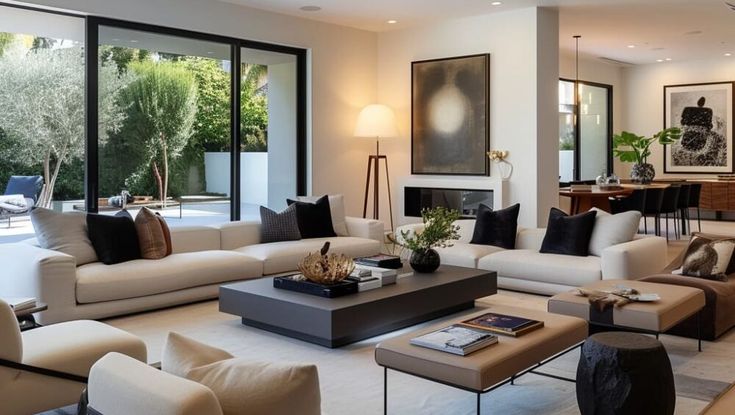
Key Elements of a Minimalist-Luxe Blend:
- Simple Yet Elegant Furnishings: Choose furniture that is both functional and stylish. For example, a sleek, modern sofa in a neutral tone can be paired with a luxurious gold accent table or an intricate rug with a bold pattern.
- Sophisticated Color Palette: Stick to neutral shades as the base but add richness through accent colors such as gold, deep blue, or forest green. This combination creates a balanced and inviting atmosphere.
- Quality Over Quantity: Instead of filling a room with excessive decor, focus on a few well-chosen pieces that add a sense of grandeur without overwhelming the space. A single large painting or an eye-catching chandelier can serve as the focal point of the room.
- Textural Contrast: Play with textures to create visual interest. For example, pair a leather sofa with a velvet cushion or a marble coffee table with a soft wool rug.
Tips for Blending the Two Styles:
- Use Luxurious Fabrics: Incorporating materials like velvet, silk, or cashmere in subtle ways, such as through cushions, throws, or curtains, can add a touch of luxury without overwhelming the minimalist vibe.
- Opt for Sleek Statement Pieces: Choose one or two striking items, such as a sculptural light fixture or an elegant console table, that add sophistication without cluttering the space.
- Embrace Neutral Tones: Maintain a neutral color scheme for the base of your design, but add luxe touches through rich accent colors and materials.
- Keep It Simple, But Luxurious: Choose simplicity in form, but select high-quality materials and craftsmanship. This could include choosing a minimalist bed frame with a luxurious headboard or a sleek modern desk made of rich wood.
Modern Home Design Trends to Watch
While the minimalist-luxe blend is growing in popularity, there are several other design trends that are shaping the future of modern homes. These trends not only complement minimalist and luxe styles but also add unique flair to contemporary spaces.
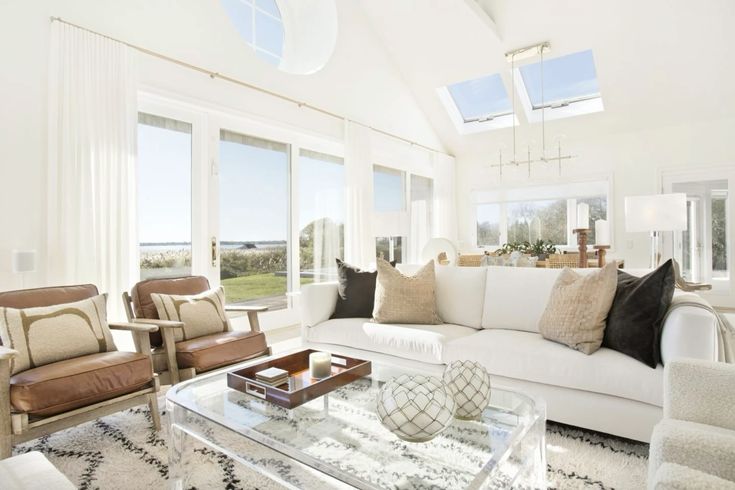
1. Biophilic Design
Biophilic design focuses on creating a connection between indoor spaces and nature. It integrates natural elements such as plants, wood, and natural light into the home. This style aligns well with both minimalism and luxe design by bringing in calming, organic elements that enhance the beauty of the space.
2. Sustainable Luxury
As sustainability becomes a priority, homeowners are opting for eco-friendly materials that don’t compromise on luxury. Reclaimed wood, sustainable fabrics, and energy-efficient appliances are being incorporated into luxe homes, allowing for opulence that’s also environmentally conscious.
3. Smart Home Integration
Technology is becoming increasingly integrated into modern design, and smart homes are on the rise. From automated lighting systems to smart thermostats and security features, incorporating high-tech elements adds both convenience and luxury to any design style.
4. Artistic Minimalism
Artistic minimalism is a trend that allows for minimalist spaces to feel more personal and creative. Using unique art pieces or sculptures in a minimalist setting can provide a pop of color and texture, elevating the overall aesthetic without overwhelming the space.
Conclusion
From the simplicity of minimalism to the opulence of luxe design, modern home design styles offer a wide range of possibilities for creating the perfect living space. By understanding the key elements of each style and how to blend them, homeowners can achieve a balanced and sophisticated interior that reflects their personality and lifestyle. Whether you prefer the calm serenity of minimalism or the indulgent allure of luxe interiors, the modern design landscape provides the tools to transform your home into a sanctuary of both simplicity and sophistication.


